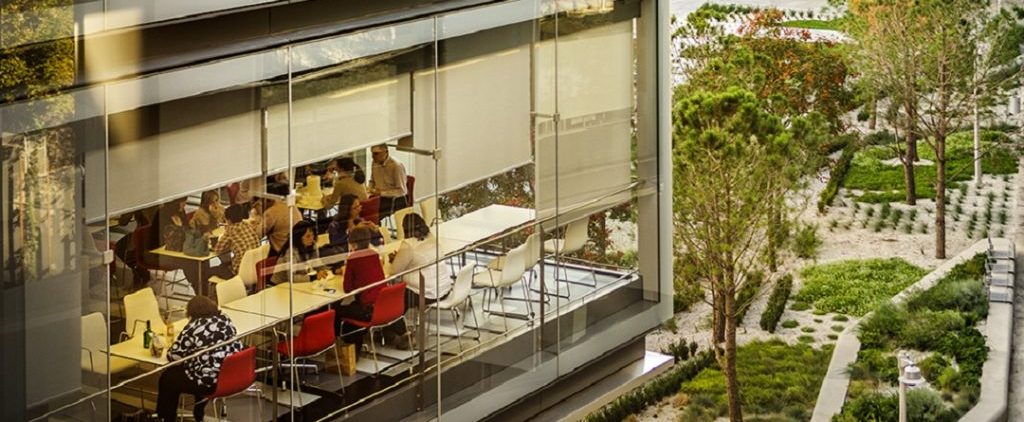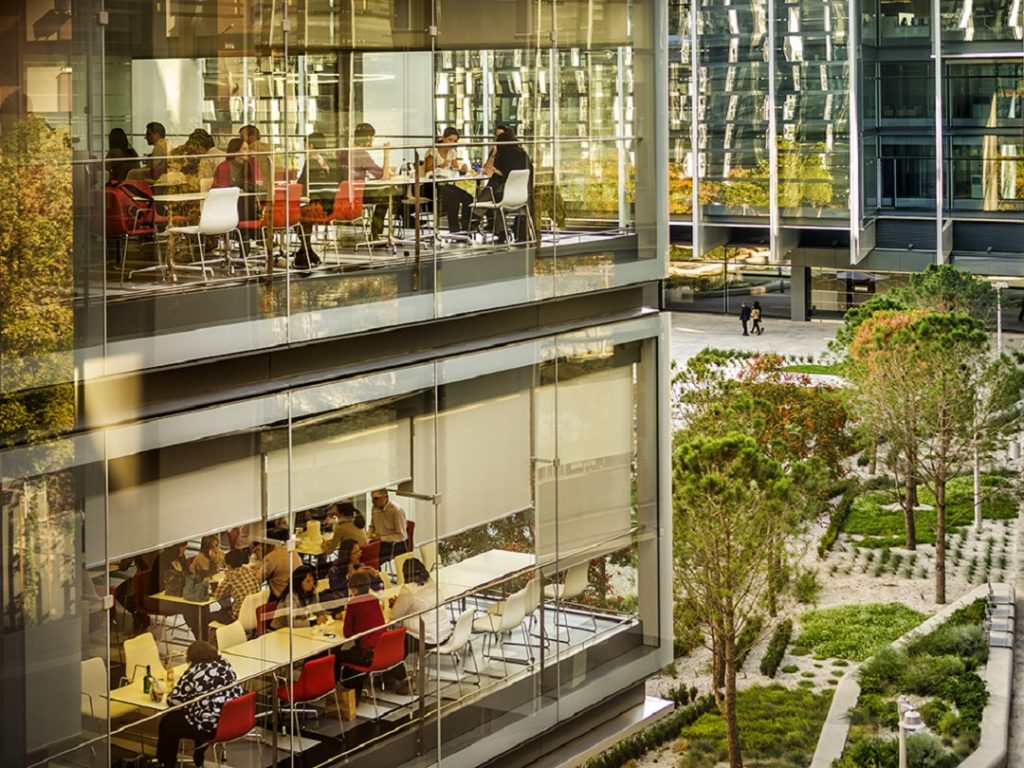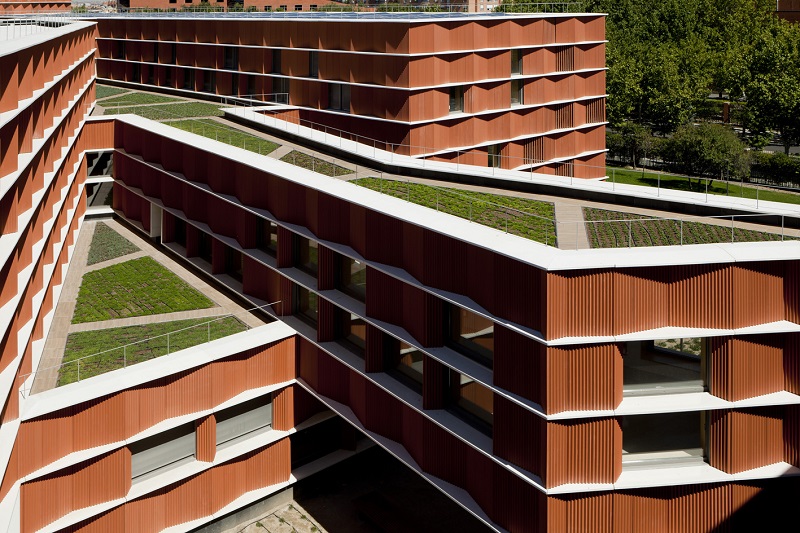7 April 2020
for Madrid Nuevo Norte


All active economic sectors already take into account respect for the environment and climate change. The cities and buildings where we live and work will play a key role in this regard. Throughout the decades, the design, construction and management of buildings and urban environments have been internationally certified by two main certification systems. We spoke with two managers from LEED and BREEAM, the undisputed gold standard in sustainable construction.
“Spain is on the verge of major change”, claims Javier Torralba, managing director of BREEAM Spain. He also added, “People thought sustainable construction was some fad, but it is here to stay”. Nonetheless, he admits, “This requires intensified advocacy work”.
Torralba points out that the more environmentally-friendly buildings bring significant environmental, economic and health benefits. Indeed, under normal circumstances, we spend over 80% of our lives inside buildings, whether at home or in offices.
The BREEAM certification method measures the impact in ten categories. The numerical score given to a range of values, including energy, transport, construction materials and well-being, serves as a benchmark for sustainable construction and management of buildings.
BREEAM ratings range from “Pass”, “Good”, “Very Good”, “Excellent” to “Outstanding”. However, newly constructed buildings rated as “outstanding” are usually experimental in nature and serve as a testing ground for larger scale experiences.
To date, there are 895 BREEAM projects in our country, 326 of which are in Madrid. Over half are office buildings, the main focus of our certification service in the capital, followed by residential blocks; currently 70”, says Torralba.

Kay Killmann, managing director of Green Building Certification Institute (GBCI Europe), notes that there “should be greater education and awareness” about sustainable construction at the international level. In his view, this issue should be addressed from crèches to universities as well as in public debates. Nonetheless, he added, “This message is spreading amongst property investors, who are increasingly aware that the building’s sustainability attributes affect its sale and occupation potential”.
GBCI Europe, a not-for-profit organisation that advocates LEED certification, serves the European community’s needs and recognises excellence in sustainable construction, providing on-the-ground assistance to local teams and projects. Its prestigious certificate sets strict standards for designing, building and managing a “green” building. A primary goal of LEED -present in 176 countries- is to reverse the impact of buildings as a significant source of greenhouse gas emissions. Indeed, more than a third of its score focuses on technologies and strategies geared towards this purpose. A building that scores 80+ points receives the Platinum certification, the highest LEED level.

According to Killmann, even though a single building may have an impact on an urban community, these issues should be addressed at city-scale, focusing on such crucial matters as “making public transport available to people, energy challenge or waste management”. This expert highlights the importance of mobility: “Many people like to commute by car; however, in an urban environment, a modern and smart city should provide viable alternatives”.
Killmann estimates that some two-thirds of the world population will live in cities; therefore, “urban planning is a key factor in providing solutions to this challenge”.
The managing director of BREEAM Spain agrees with this approach. He points out that 50% of the world population currently lives in cities, and this number is growing. There is, therefore, a need to create urban environments “that are friendly and respectful of people, where we can live, socialise and leverage the opportunities that arise”. In this context, he points out that a more sustainable city is a city that focuses on the human scale and prioritises people.
The Madrid Nuevo Norte model that prioritises sustainable mobility is also the only way forward to avoid a potential collapse of the city’s infrastructure according to GBCI Europe’s managing director. “Madrid Nuevo Norte had the foresight to embrace this vision of the future,” says Killmann. In his view, the project “is truly fascinating”. LEED’s representative in Europe emphasises that this major urban regeneration project is “ultimately, for the city and its citizens, although it will also promote Madrid as an innovative city, highlighting its leadership position in the world”.
According to this expert, Madrid Nuevo Norte’s impact goes beyond its own scale. He said, “It provides an incredible opportunity to show how eco-friendly construction, operation and design can shape a neighbourhood and set a development standard that prioritises people’s health and well-being”. “Moreover”, adds Killmann, “developments such as Madrid Nuevo Norte serve as an example and a learning laboratory for Europe and the rest of the world on what can be achieved when we commit to creating a more sustainable future”.